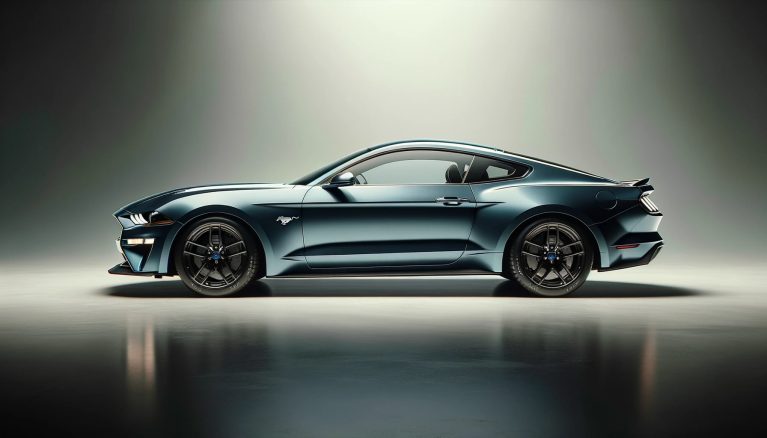Breaking: UAW Strikes Deal with Ford & Stellantis, Ends Strikes
Last Updated on by Tarek
In a pivotal move for the auto industry, members of the United Auto Workers (UAW) union at Ford and Stellantis have ratified their labor deals, marking a significant milestone in labor relations. This development comes after a period of intense negotiations and strikes, setting a new precedent for future labor agreements in the automotive sector.
A Stronger Agreement Amidst Auto Industry Challenges
The final votes, tallied on the UAW ratification vote tracker, revealed a 69% approval rate among members at both Ford and Stellantis. This figure surpasses the 55% approval rate for a similar deal at General Motors, highlighting a stronger consensus among Ford and Stellantis workers. The ratification effectively ends any chance of resuming auto strikes, which had been a looming threat over the industry.
Comparing the UAW Approval Rates
While the approval rates for Ford and Stellantis are notable, they fall short when compared to other recent high-profile labor contracts in different industries. For instance, the Teamsters’ agreement with UPS saw an 86% approval rate, and Kaiser Permanente’s deal witnessed a staggering 98.5% approval. This contrast may indicate varying levels of satisfaction within different labor sectors and underscores the unique challenges faced by auto workers.
Striking a Balance
The UAW strikes, which began on September 15, initially involved 12,700 members at key assembly plants. The strike strategy was dynamic, expanding several times to apply pressure on the companies. The culmination of these strikes led to historic deals, covering a total of 145,000 UAW members.
The ratified contracts promise immediate raises of at least 11%, with potential wage increases of more than 30% by 2028. These terms also include improvements in retirement benefits and job security provisions, addressing some key concerns of the union members.
Unmet Demands and Mixed Reactions
Despite these gains, the deals did not meet all union demands. Key issues such as the restoration of health care coverage for retirees and traditional pension plans for post-2007 hires remained unresolved. UAW President Shawn Fain’s endorsement of the deals met with mixed reactions from the union members, some of whom expressed dissatisfaction on public forums.
Opinion: A Step Forward with Room for Improvement
The ratification of these labor deals by UAW members at Ford and Stellantis is undeniably a step forward in securing better working conditions and compensation. However, the relatively lower approval rates compared to other industries and the unmet demands signal that there is still room for improvement. It’s imperative for future negotiations to address these gaps, ensuring that the agreements cater more comprehensively to the needs of all workers, regardless of their tenure or position.
This landmark event in the UAW’s history sets a precedent for future labor negotiations, not only within the automotive industry but also in broader labor relations. It highlights the evolving dynamics between labor unions and employers in the quest for fair and equitable working conditions. As the industry continues to face challenges, the resilience and unity shown by the UAW members serve as a beacon, demonstrating the power of collective bargaining in shaping the future of work.






